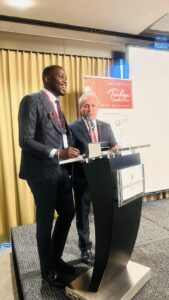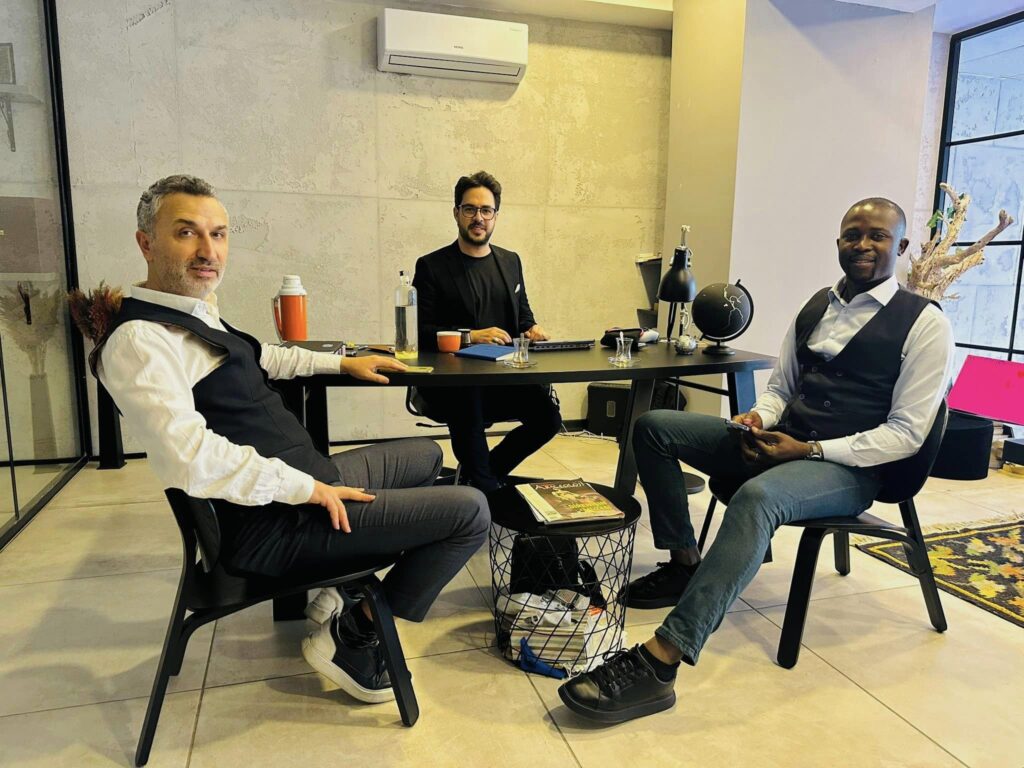Personal branding has taken on a whole new meaning in today’s world. It’s no longer just about professional polish or showcasing achievements; it’s about creating a lasting impression that feels genuine, relatable, and even a bit vulnerable. For anyone looking to carve out their own space in the digital realm, it’s essential to understand how branding is evolving—and how these new trends can help shape a more authentic, memorable brand.
In my years of advising on brand strategy, I’ve seen personal branding shift from basic consistency on a few platforms to something much more dynamic. And it makes sense: we’re in a time where technology is pushing boundaries, audiences expect transparency, and cultural exchange has transformed how we communicate. For those of us aiming to stay ahead of the curve, here are the emerging trends in personal branding that will matter most in the coming years.
AI-Powered Personalization
Artificial Intelligence (AI) isn’t just a tech buzzword anymore; it’s a powerful tool for building a brand that feels deeply personal. Imagine AI algorithms that tailor every interaction—emails, social media posts, even your website—based on who’s engaging with you. These tools analyze behavior, preferences, and even emotional tone, allowing brands to create custom experiences that feel hand-curated for each person. Take, for example, chatbots that can adjust their responses based on user history or sentiment. This type of technology makes every follower or client feel seen and understood. But it’s not just about tech for tech’s sake; it’s about using AI to listen and adapt, creating a brand experience that resonates on a deeper level. The future will see personal brands not just keeping up with AI but fully embracing it to offer seamless, meaningful interactions.
The Power of Authenticity
People are tired of perfection—they want real stories, real struggles, and real people. The polished, flawless image that once defined personal branding is being replaced by something far more authentic. This isn’t to say professionalism is dead, but showing vulnerability, sharing failures, and even admitting when things go off-script are becoming powerful brand tools. For example, some professionals are now openly discussing their “off days” or sharing stories of past mistakes, creating an environment where audiences feel they’re connecting with someone who is, ultimately, human. This transparency builds trust, and in the world of personal branding, trust is everything. Expect to see more professionals dropping the overly filtered visuals in favor of authentic content that reflects the ups and downs of their journey.

Cultural Fusion in Branding
As digital spaces continue to bridge cultures, personal brands are beginning to reflect a blend of global influences. This fusion isn’t just about aesthetics; it’s about celebrating diverse perspectives and values. Professionals are embracing this by integrating various cultural elements into their branding—whether through language, design, or storytelling. For instance, someone might use local symbols or phrases that resonate with a specific community while still maintaining an international appeal. This cultural fusion adds depth to a personal brand, making it more relatable to diverse audiences. In a world where connections are increasingly borderless, having a brand that speaks multiple “languages” (both literally and metaphorically) is a significant advantage.
From Influencer to Trusted Advisor
While influencers are still a major force in personal branding, there’s a noticeable shift toward becoming a “trusted advisor” rather than simply an online personality. Audiences are looking for more than just curated content; they’re searching for guidance, expertise, and genuine value. The key difference here is authority. A trusted advisor provides insights and actionable advice rather than focusing solely on aesthetics or entertainment. This approach appeals to those who seek knowledge and growth, and it positions the individual as a thought leader rather than a traditional influencer. In this way, personal brands can build a loyal following that values substance over surface.
Interactive Engagement
Gone are the days when a catchy blog post or a well-edited video was enough. People want to engage. They want to be part of the conversation, not just passive viewers. This has led to a rise in interactive content—think polls, quizzes, live Q&As, and interactive stories. Take Instagram, for example. Many professionals are now using its story features to create interactive “choose your own adventure” style posts. This not only drives engagement but creates a sense of connection between the brand and its audience. And this trend isn’t just about social media; websites are becoming more interactive too, with embedded videos, live feedback tools, and engaging calls to action. The future of personal branding will lean heavily into these two-way interactions.
Social Responsibility as a Core Value
Today’s audiences are more socially aware and environmentally conscious than ever, and they expect the same from the brands they support. A commitment to sustainability and social responsibility isn’t just a nice-to-have; it’s a must. This shift reflects a deeper trend toward aligning personal brands with meaningful causes. For example, many professionals are now sharing their involvement in local or global initiatives, using their platforms to advocate for issues they care about. Whether it’s supporting local businesses, promoting eco-friendly practices, or donating a portion of proceeds to charity, these efforts resonate deeply with audiences who value authenticity and ethics. Expect to see more personal brands integrating these values as part of their core message.
Building Micro-Communities
While having a massive following used to be the goal, there’s a growing emphasis on building smaller, highly engaged communities. These “micro” communities—groups with shared interests or goals—allow for more meaningful connections and genuine engagement. The quality of interaction is prioritized over quantity, creating a brand that feels more personal and accessible. Platforms like Discord, private Facebook groups, and even exclusive newsletters are ideal spaces for these micro-communities. Here, professionals can offer tailored content, host exclusive events, and foster close-knit interactions. This approach allows personal brands to cultivate loyal audiences who feel like part of an inner circle, making the brand experience both unique and valuable.
The Art of Storytelling
Storytelling has always been a part of personal branding, but it’s becoming even more central as audiences crave connection. Personal stories that reveal insights, struggles, and victories resonate far more than data points or generic advice. The art of storytelling goes beyond just sharing anecdotes; it’s about crafting a narrative that reflects who you are and what you stand for. Whether through blogs, social media posts, or video content, storytelling makes a brand memorable. Professionals who master this art can create a brand that feels relatable, meaningful, and genuinely inspiring.
The Multi-Platform Approach
While consistency is key in branding, today’s audiences appreciate a bit of variation. They don’t want the exact same content across every platform—they want each space to offer something unique while maintaining the brand’s overall voice and values. For instance, LinkedIn might showcase a professional’s thought leadership, while Instagram gives a peek into their everyday life, and YouTube offers in-depth insights or tutorials. This multi-platform approach keeps the brand fresh, engaging, and dynamic. It’s a balancing act, but one that pays off by keeping audiences engaged across different spaces without the risk of repetition fatigue.
Finding the Balance of Transparency
As personal branding becomes increasingly transparent, the boundaries between private life and public persona are blurring. However, there’s a growing awareness of the need to set limits. Sharing too much can feel intrusive, but sharing too little risks appearing guarded or inauthentic. Professionals are learning to strike a balance by sharing glimpses of their personal lives while maintaining a level of privacy. This approach makes them relatable without compromising their boundaries. The key is in the selection—choosing personal stories that align with brand values and resonate with audiences while holding onto aspects of life that remain private.
Conclusion
The future of personal branding is evolving, and these trends show just how dynamic the journey is becoming. With each shift, personal brands are finding new ways to connect, adapt, and make an impact. In an age where authenticity is everything, professionals who embrace these trends will not only stand out but also create a legacy that resonates across cultures and communities.
Whether you’re an established professional or just starting to build your personal brand, keep these trends in mind. They offer a roadmap to crafting a brand that’s not only relevant today but also resilient enough to adapt to the future. After all, personal branding is not just about being seen—it’s about being remembered.









